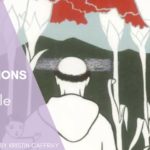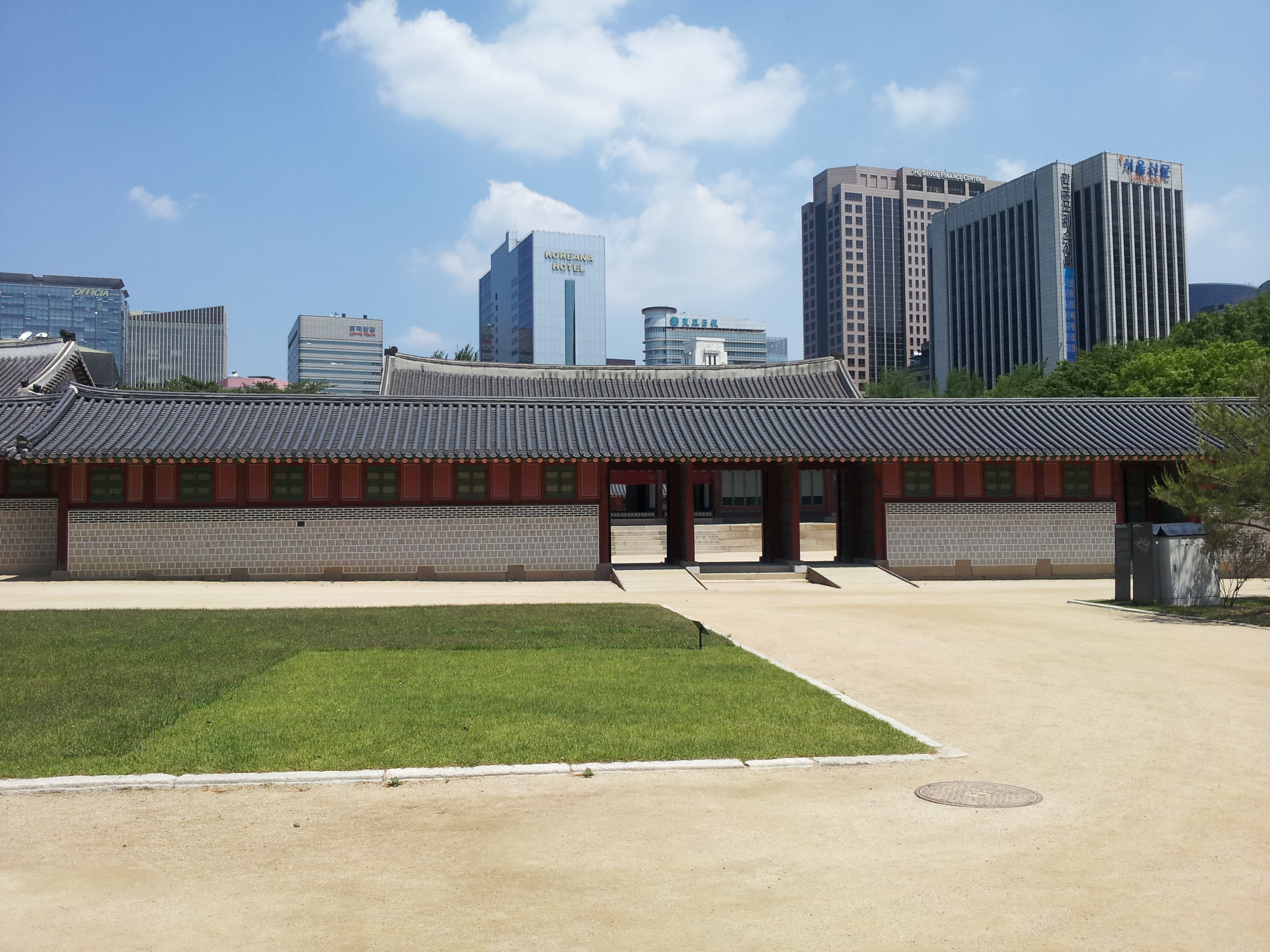
One of the popular tourist sites are the historical palaces located in the center of Seoul. Despite the destruction from war and invasion, Korea has managed to save many historical buildings and areas, and the palaces are no exception. Consisting of four palaces and a shrine, Gyeongbokgung Palace, Changdeokgung Palace, Changgyeonggung Palace, Deoksugung Palace, and Jongmyo Shrine are all accessible by subway. While you can buy individual tickets, if you’re in Seoul for an extended stay there’s a combination ticket, the Royal Palace Pass, for only ₩10,000 KRW ($8 USD/11$ CAD) and is viable for a whole month. Also, the palaces waive admission fee if visitors are wearing hanbok, the traditional Korean dress. You can find plenty of studios renting hanbok for ₩13,000 to ₩15,000 KRW ($11 to $13 USD/15$ to 17$ CAD) for two to three hours near the palaces.
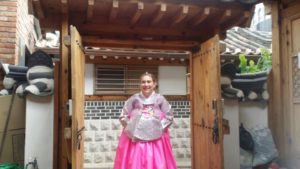
Gyeongbokgung Palace: the largest and most popular palace, Gyeongbokgung was the main palace of the Joseon Dynasty. Spanning several acres, there are chambers for the royal family, servants, bureaucrats, and concubines. Included on the grounds are a beautiful garden, a historical library, and the kitchens, where visitors can buy a tea set. The quince tea is highly recommended. Also on the grounds is the National Folk Museum of Korea (free admission) which has extensive exhibits in Korean, English, and Chinese, as well as a children’s center that includes an interactive playground. Opened every day but Tuesdays, cost is ₩3,000 KRW ($2 USD/3$ CAD). The Folk Museum is open all week.


Changdeokgung Palace: a smaller palace to the east of Gyeongbokgung, the main draw for Changdeokgung is Huwon or the Secret Garden. Not really a secret, Huwon was a private garden for the royal family and a few trusted servants. It is around seventy acres, so it’s not a quick walk, and only one hundred visitors are allowed in per day. If you buy the combination ticket, it’s included in the Changdeokgung portion, but if you only buy a ticket that day for the palace, you must pay a separate entrance fee. Within the Secret Garden are many small pavilion where visitors can sit and read books on Korean history and tradition (available in Korean, English, Chinese, and Taiwanese), and if you like the books, you may take one for yourself. Just remember to leave your shoes outside as it is a sacred place. Cost is cost is ₩3,000 KRW for adults and free for students and children under twenty-four.

Jongmyo Shrine: unlike the palaces, the shrine is not a place you can wander freely, as it is a burial ground for royal members. A UNESCO World Heritage site, Confucian rituals honoring the dead are still performed twice a year, which visitors can watch if they are lucky to be in attendance. Tours in different languages are offered at thirty-minute intervals, and no entry is allowed if you miss the tour time. While only an hour-long, time is given to take pictures at designated stations and the guides are very well informed and will answer all questions. Visitors can come every day except Tuesday. Cost for a ticket is ₩1,000 KRW (89¢ USD/1.20$ CAD). However, there is free admission on the last Wednesday of each month.

Gyeongbokgung Palace, Changdeokgung Palace, and Jongmyo Shrine can be reached at either Gyeongbokgung Station or Anguk Station, both on Line 3.
Changgyeonggung Palace: a fairly long walk from the Bukchon Village, Changgyeonggung is a smaller palace with most of the grounds consisting of gardens. A popular destination for school fieldtrips, it’s common for students to politely accost international visitors, asking to interview or take pictures with them, as this earns students academic points. On the grounds are the Grand Greenhouse and Wild Flower Garden, showcasing Korean horticultural accomplishments, with several ponds and streams. A beautiful walk, admission is ₩1,000 KRW and open every day of the week except Mondays. Take the Line 3 to Anguk Station, then walk from Exit 3 to Yulgok-ro, turn onto Changgyeonggung-ro, and you’ll find the entrance.

Deoksugung Palace: a small compound located by City Hall Station (Lines 1 and 2) that was home to members of the royal family through the Joseon Dynasty, it is a mixture of Korean and Western architecture due to multiple renovations and expansions. There are two museums on-site, the National Museum of Modern and Contemporary Art and Daehan Empire History Museum in Seokjojeon Hall. The art museum admission fee changes with the exhibition, but at the time of my visit was ₩2,000 KRW ($1 USD/2$ CAD). The exhibit at the time was about the Egyptian Surrealists, which shows the museum does not shy away from unconventional and experimental art, supporting all art in its forms. The Daehan Museum is supposed to show the restoration of Seokjojeon Hall, but requires an online reservation, so I did not get the chance to visit. However, the grounds are a reflection of the attempts of later Korean rulers to implement artistic and scientific changes in the culture, most especially the creation of the Hemispherical Sundial. The grounds are open all week but Mondays and admission is ₩1,000 KRW.
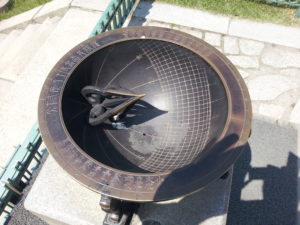
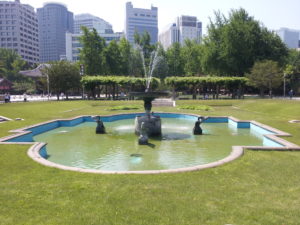
For more information, check out VisitKorea.



